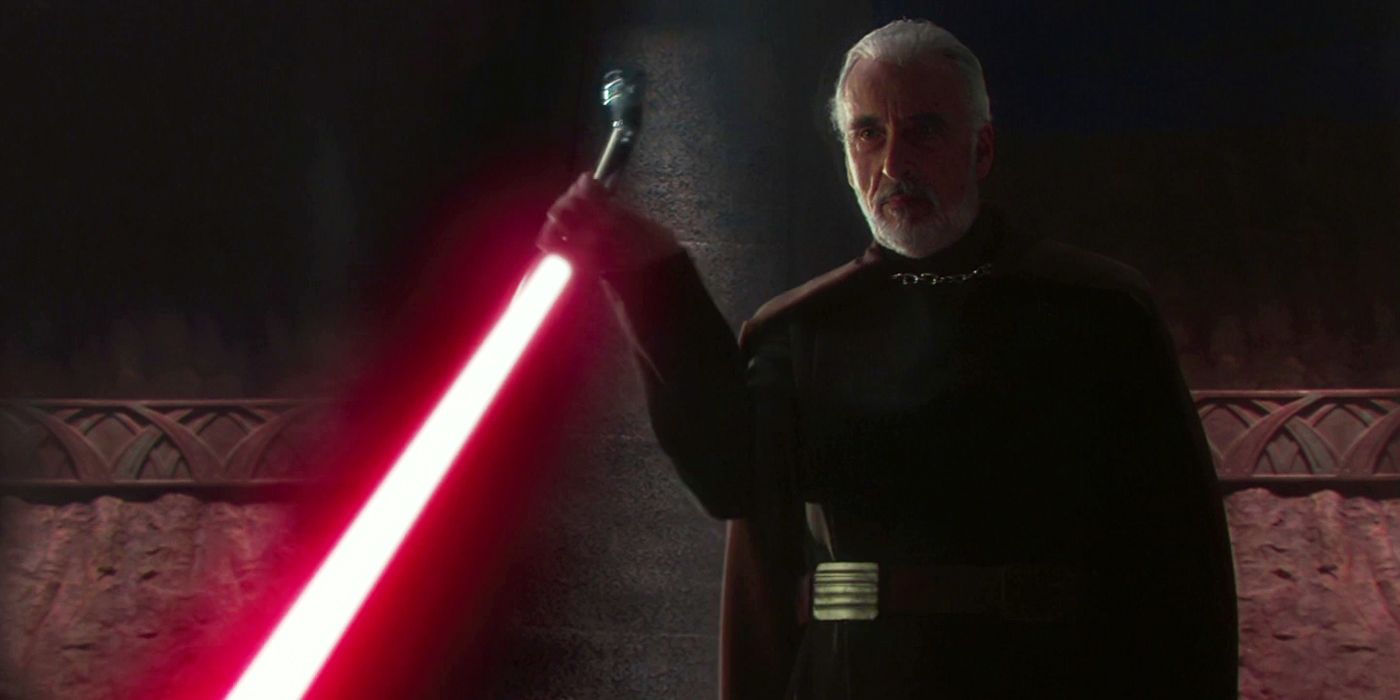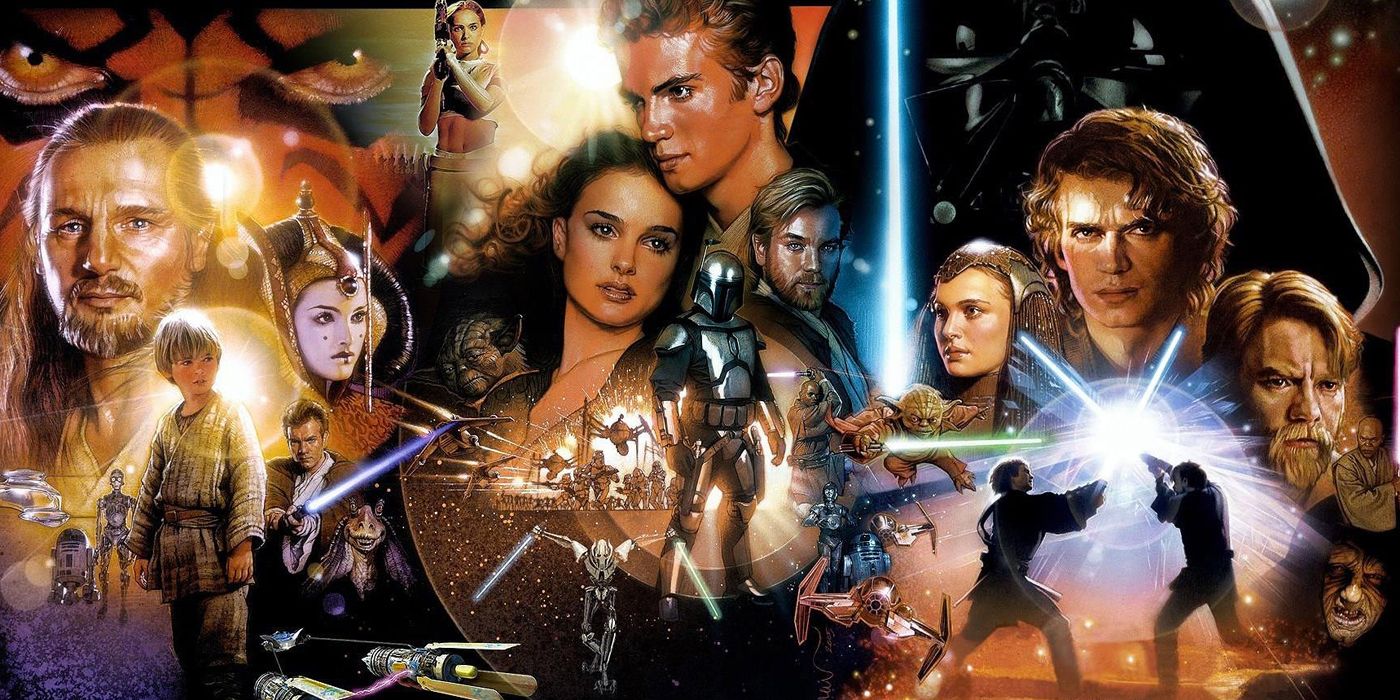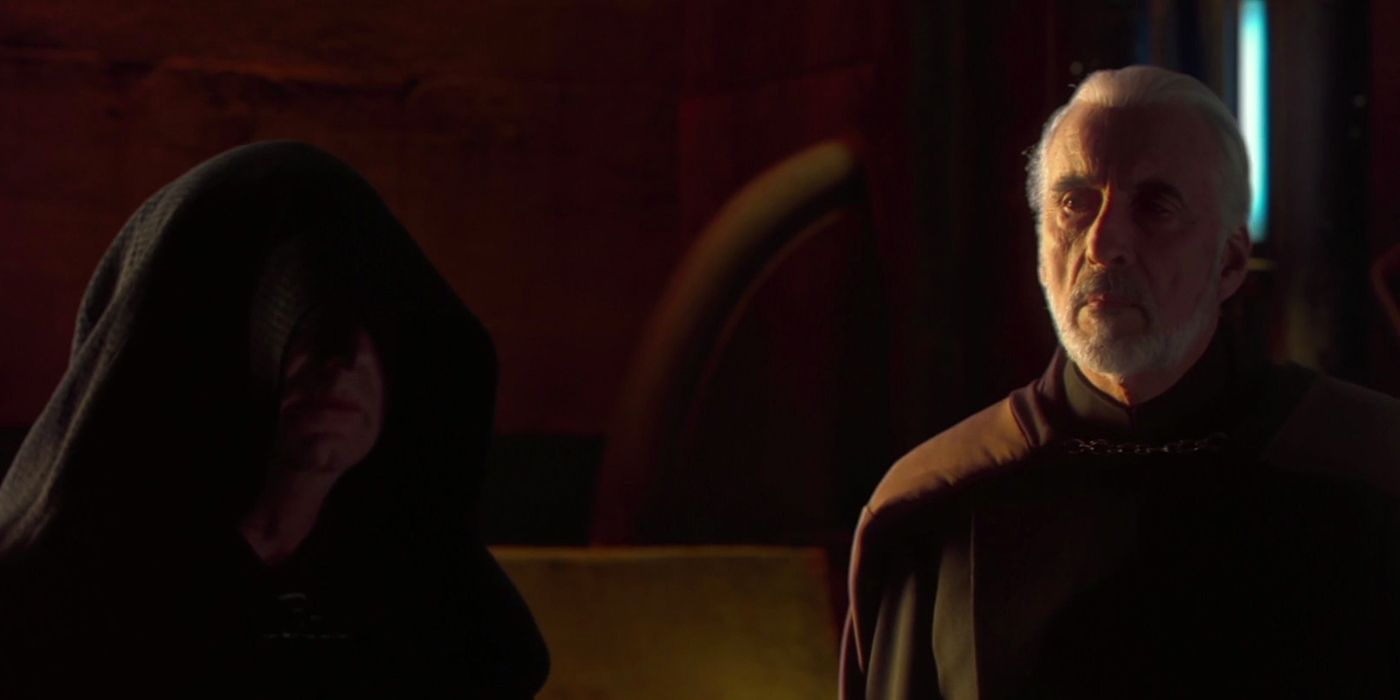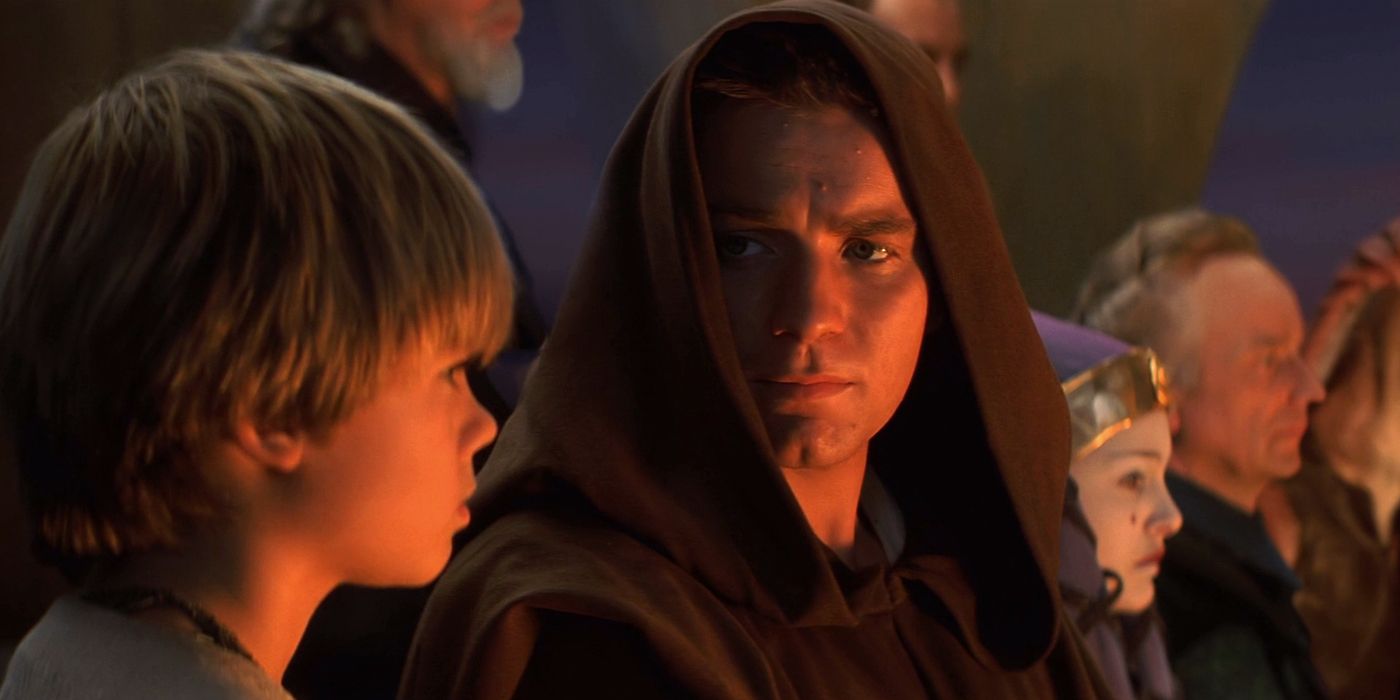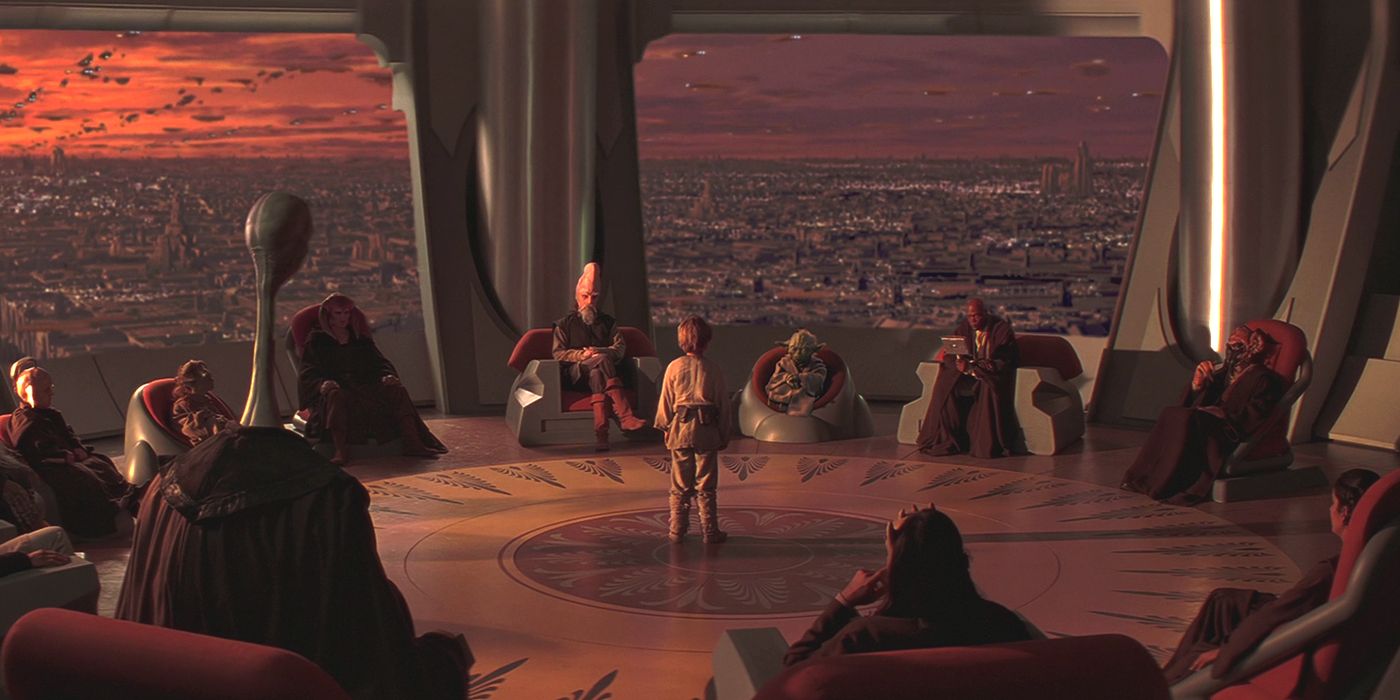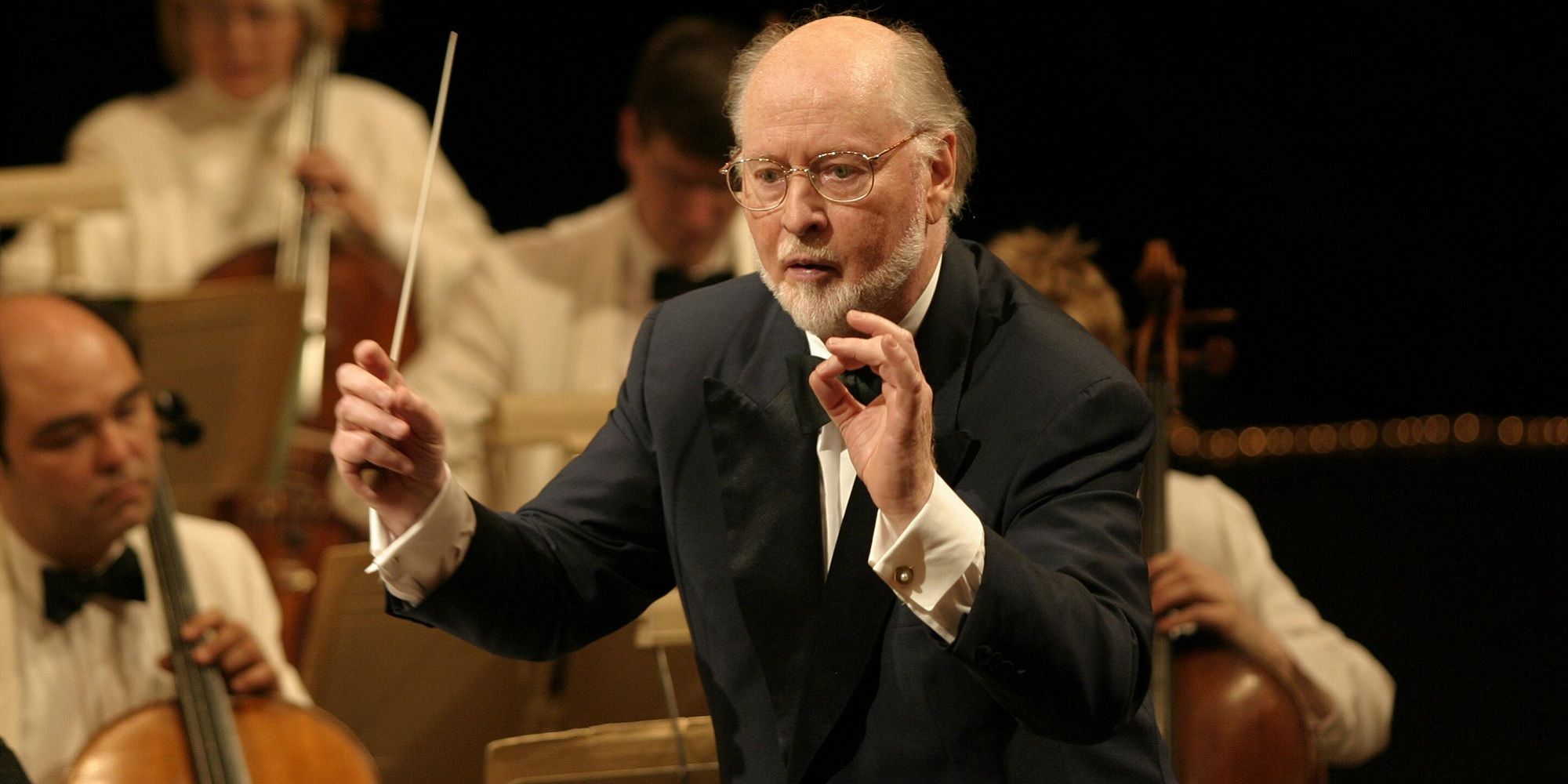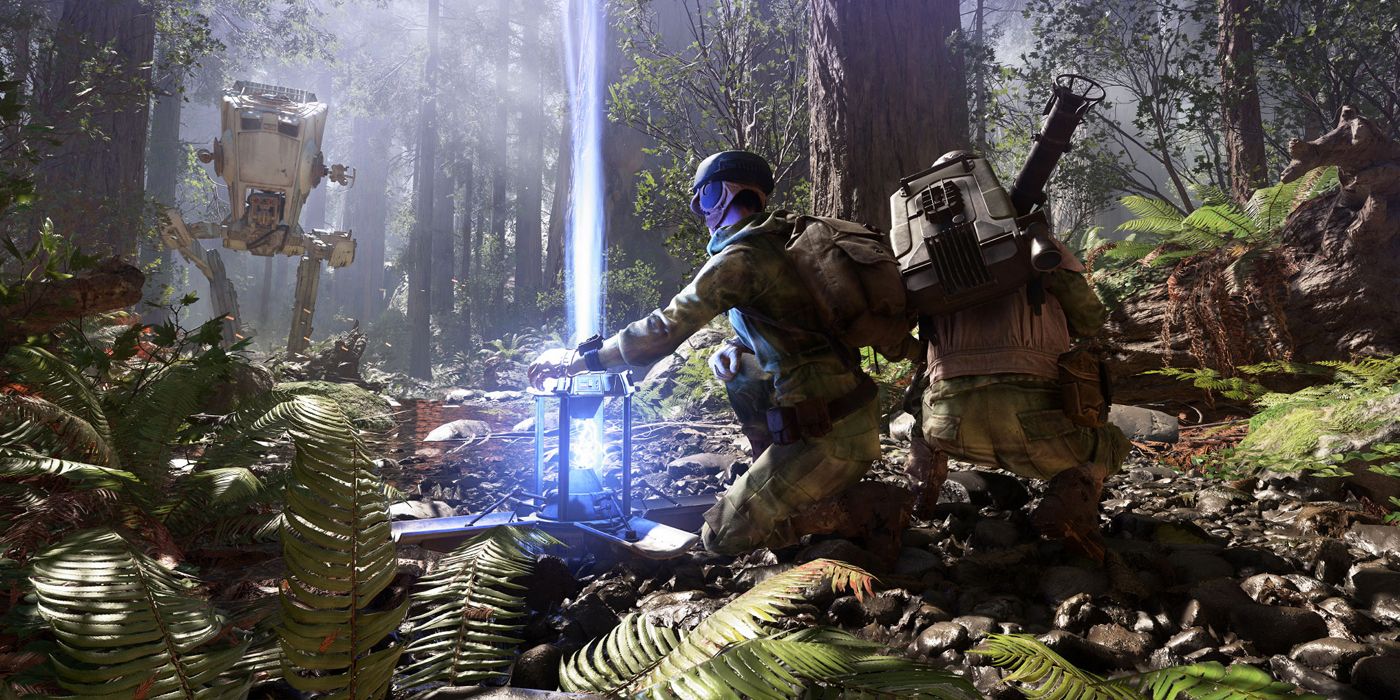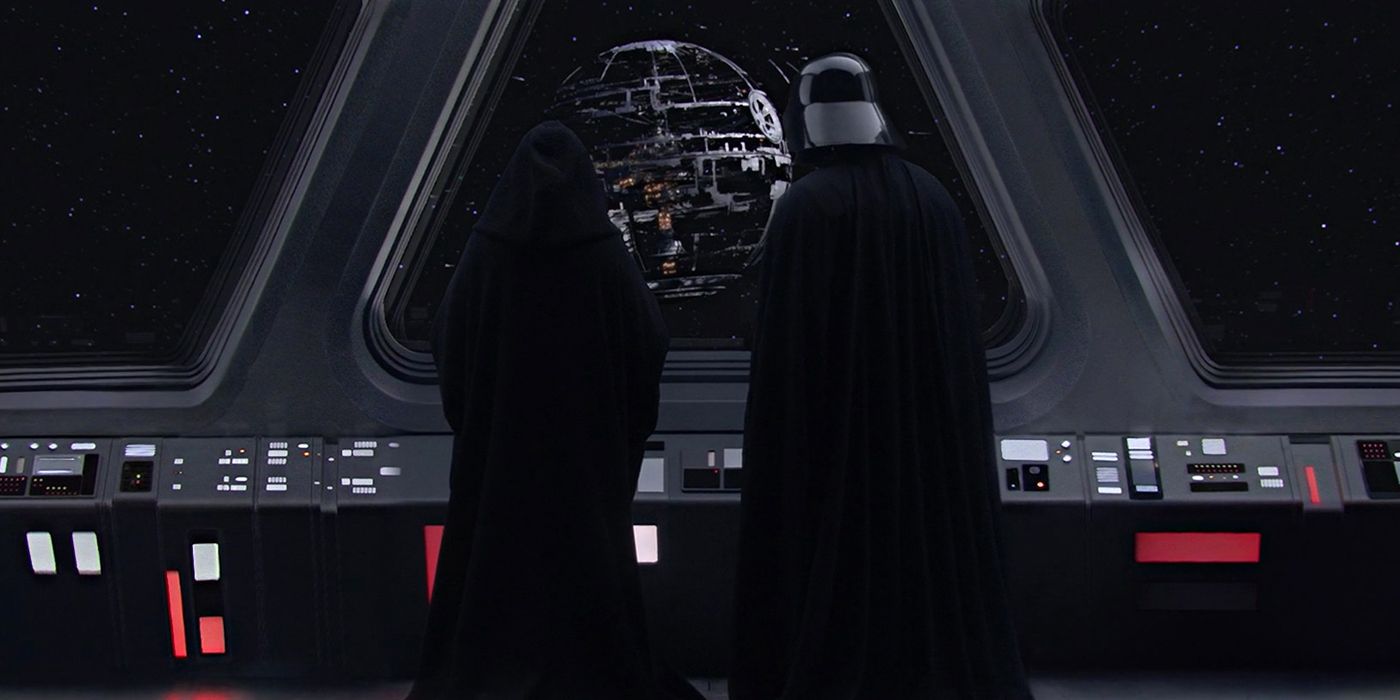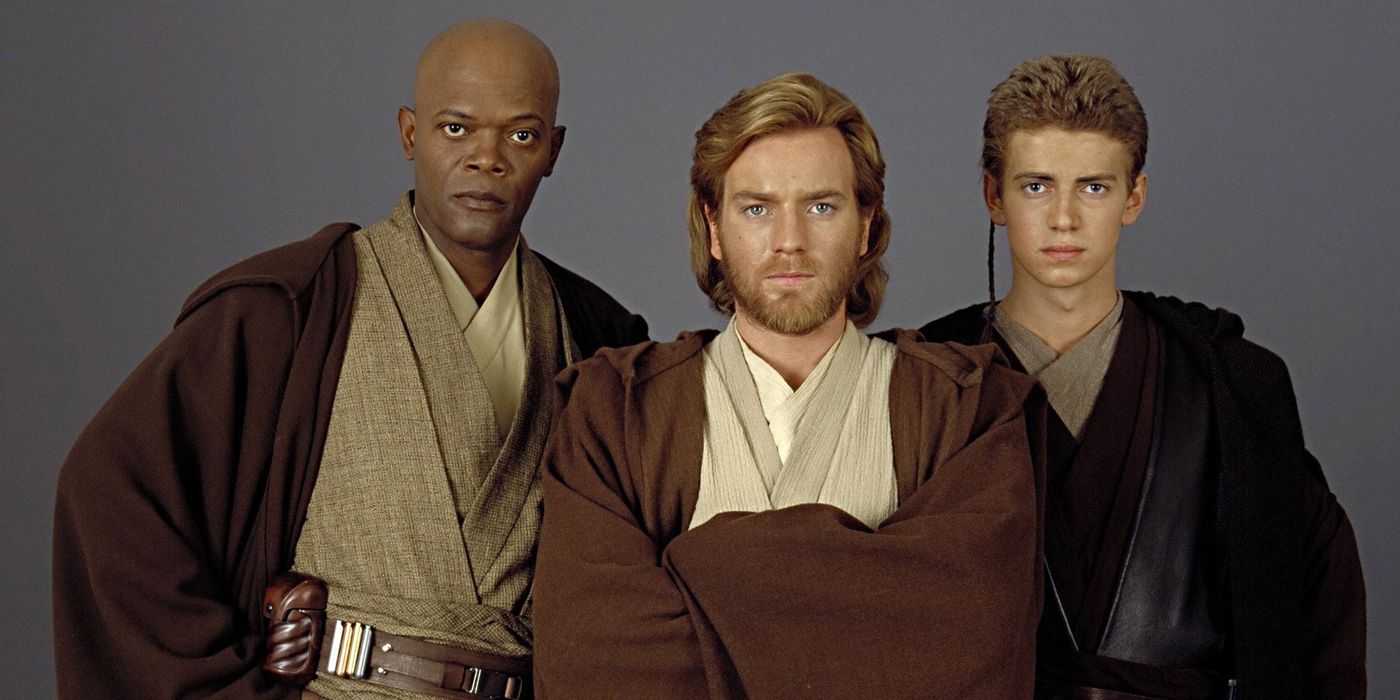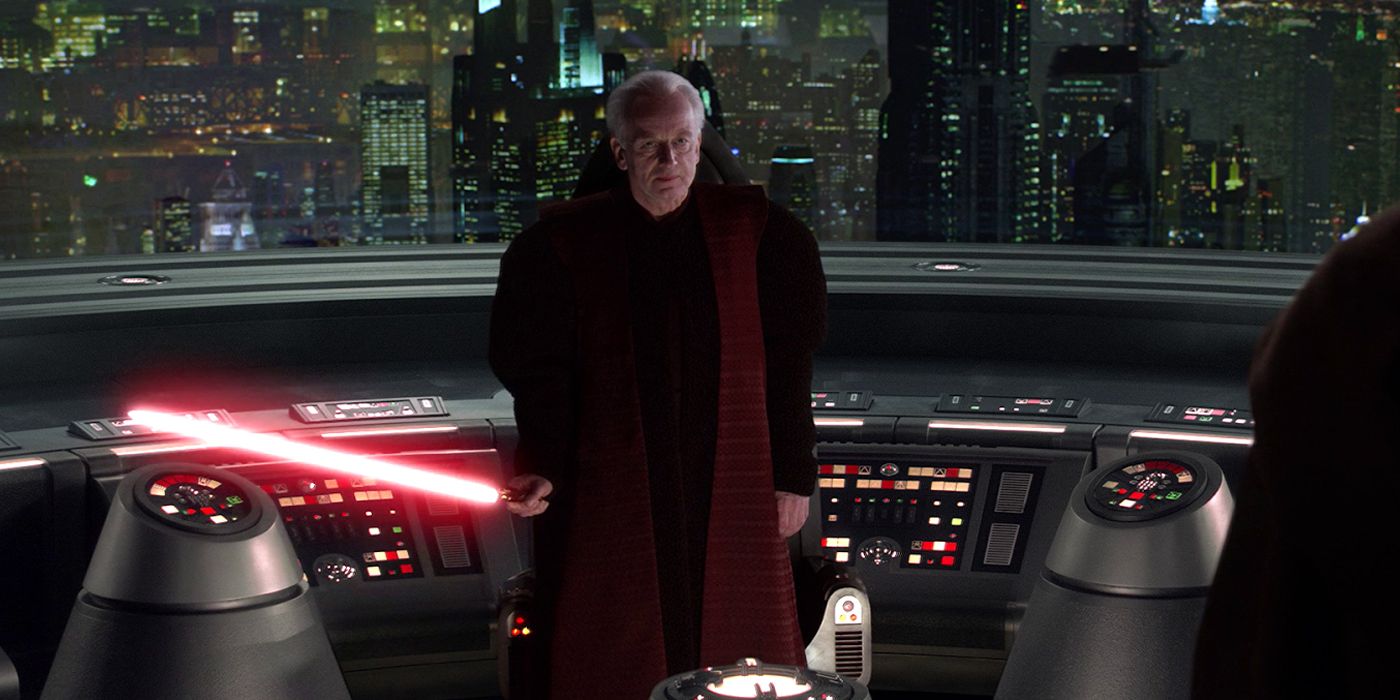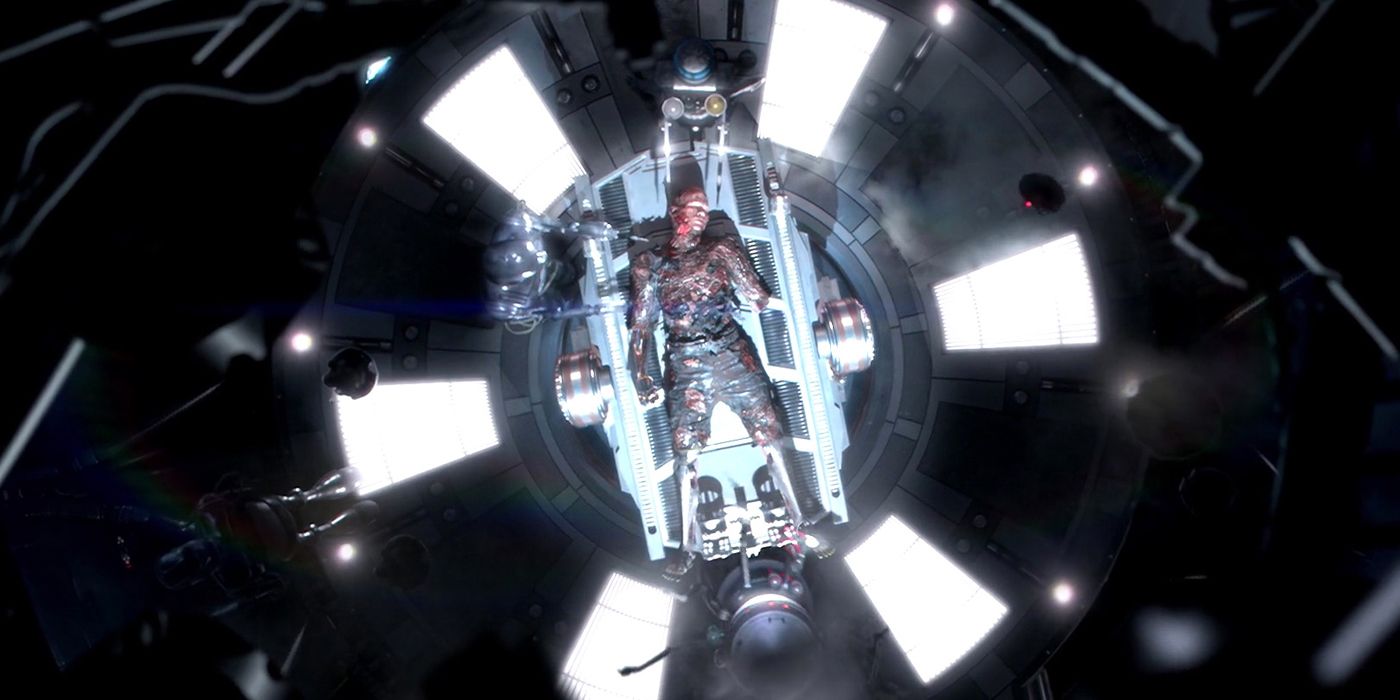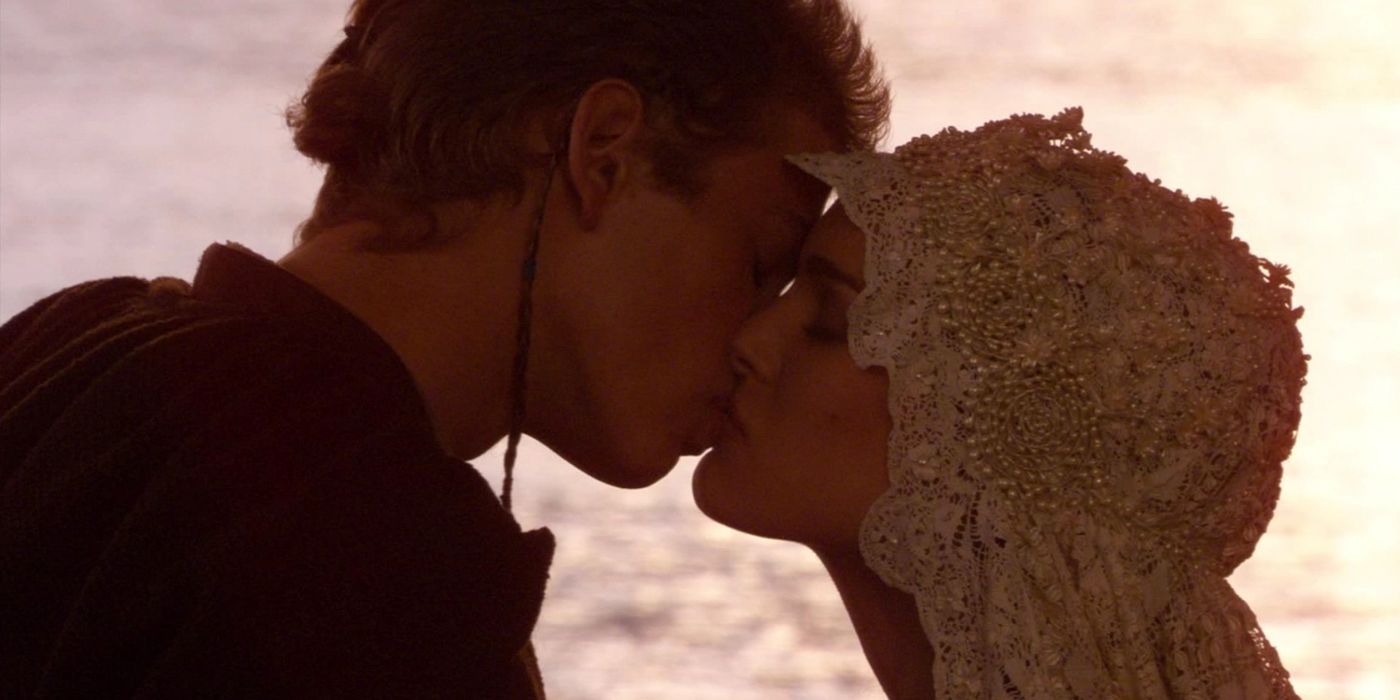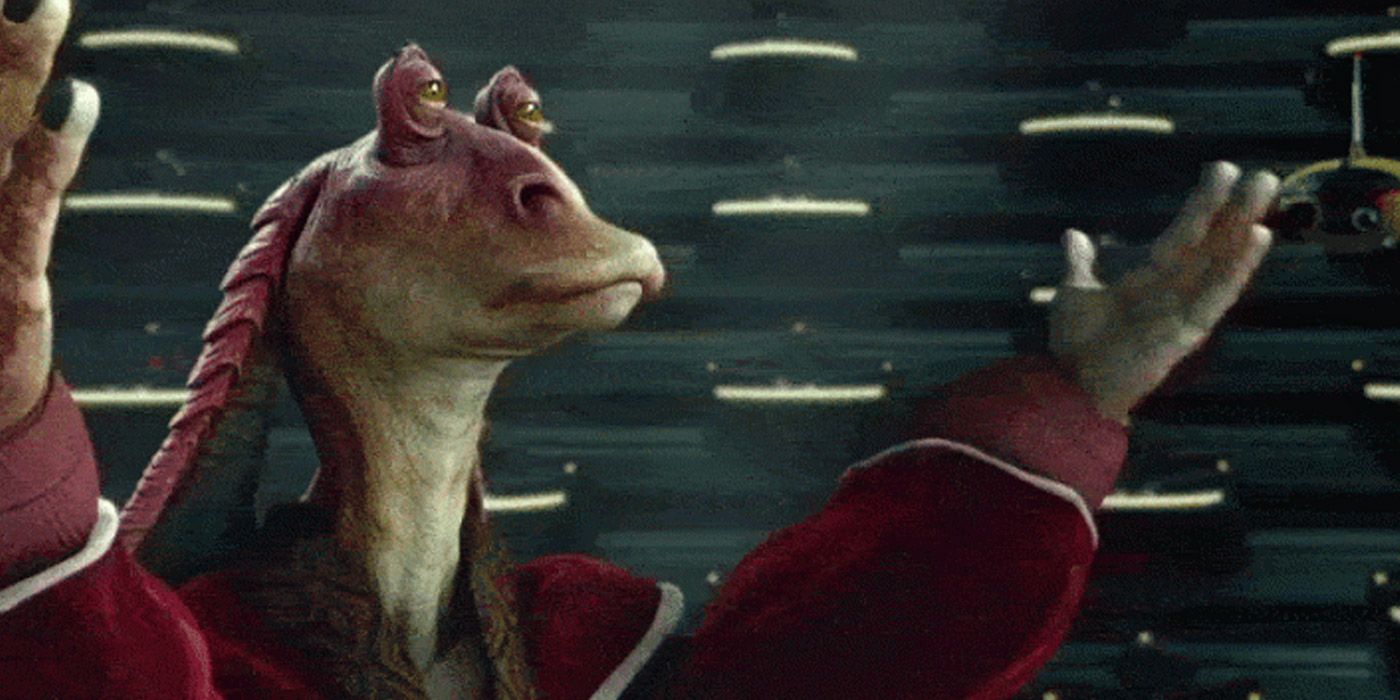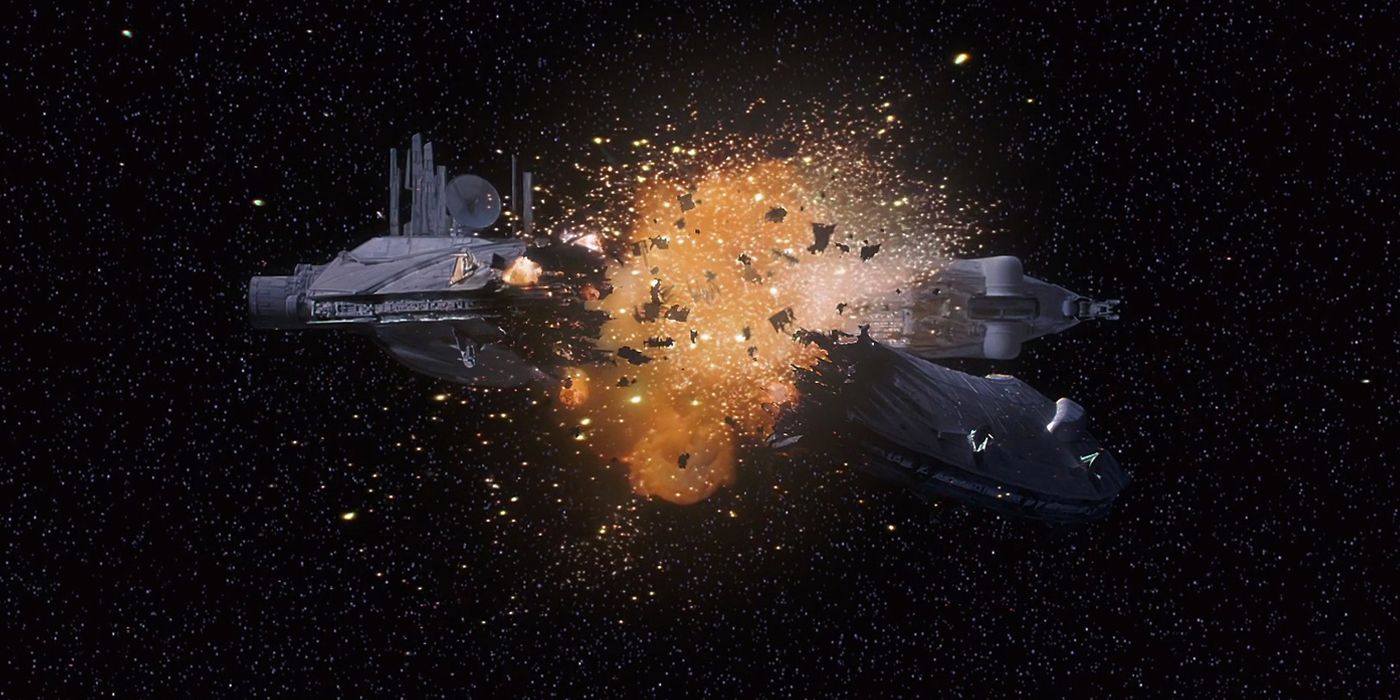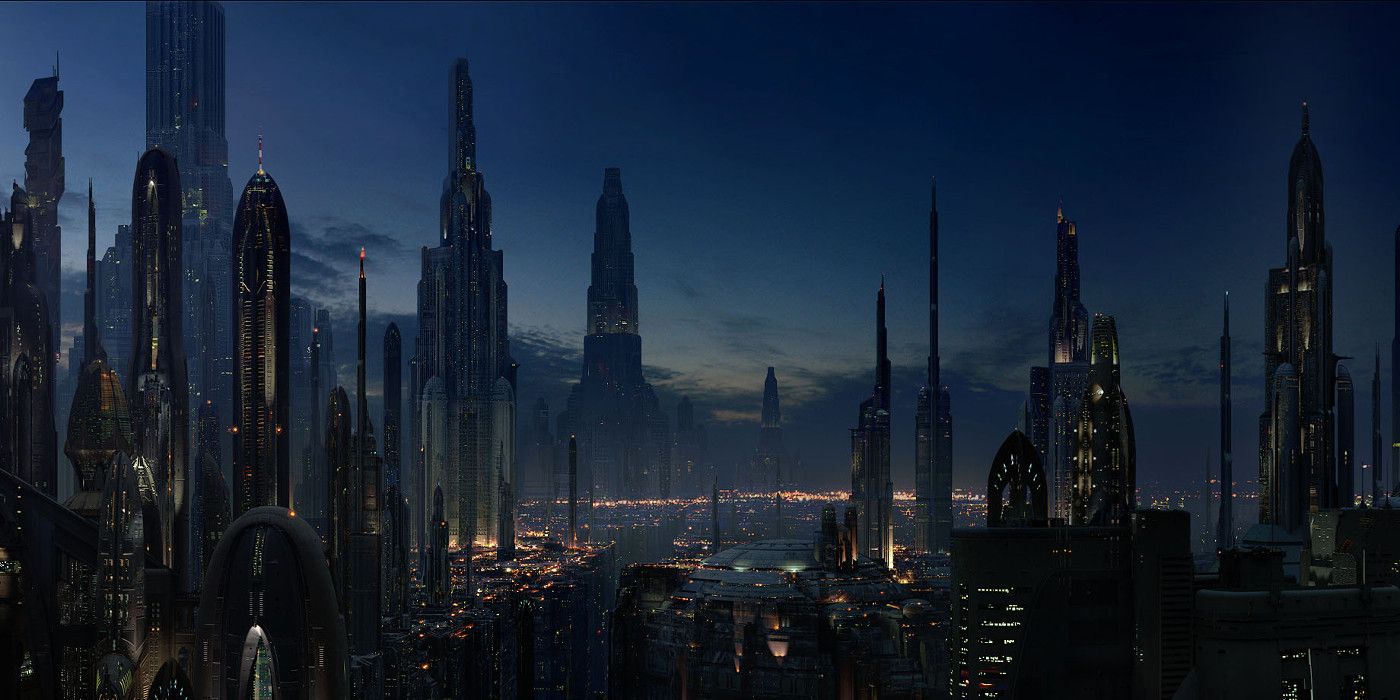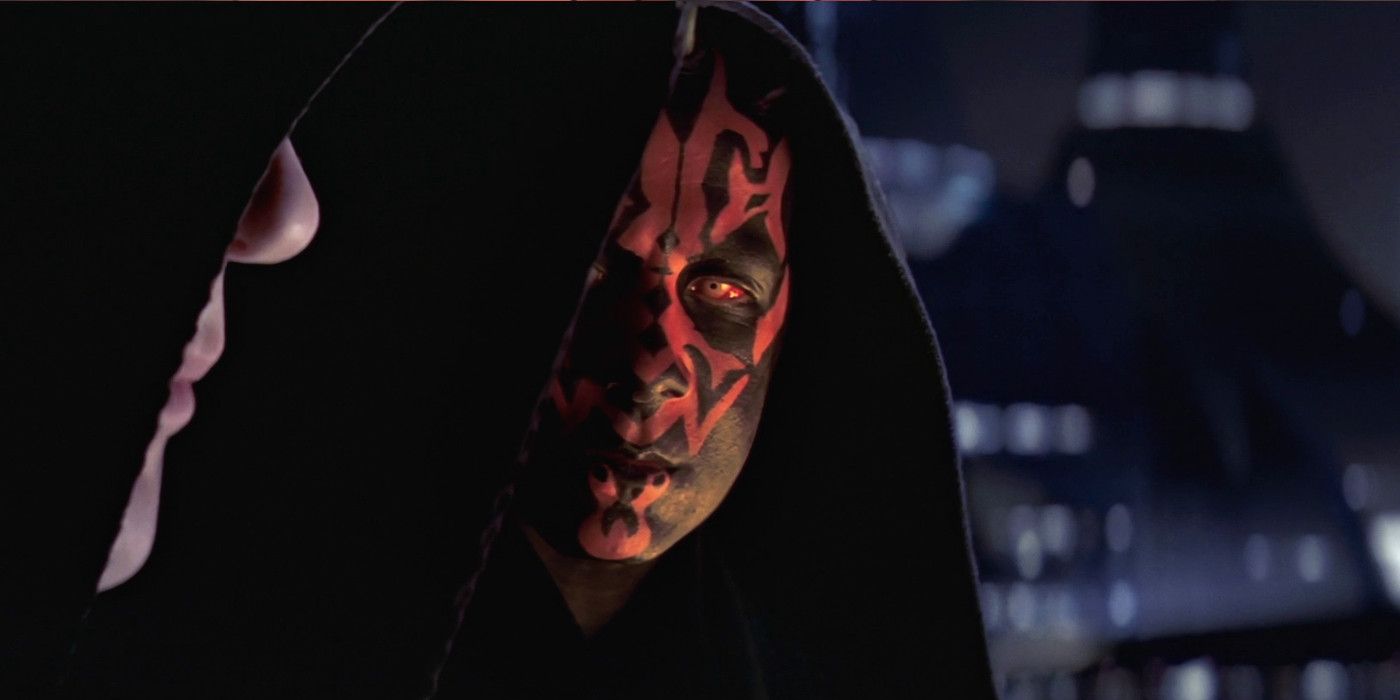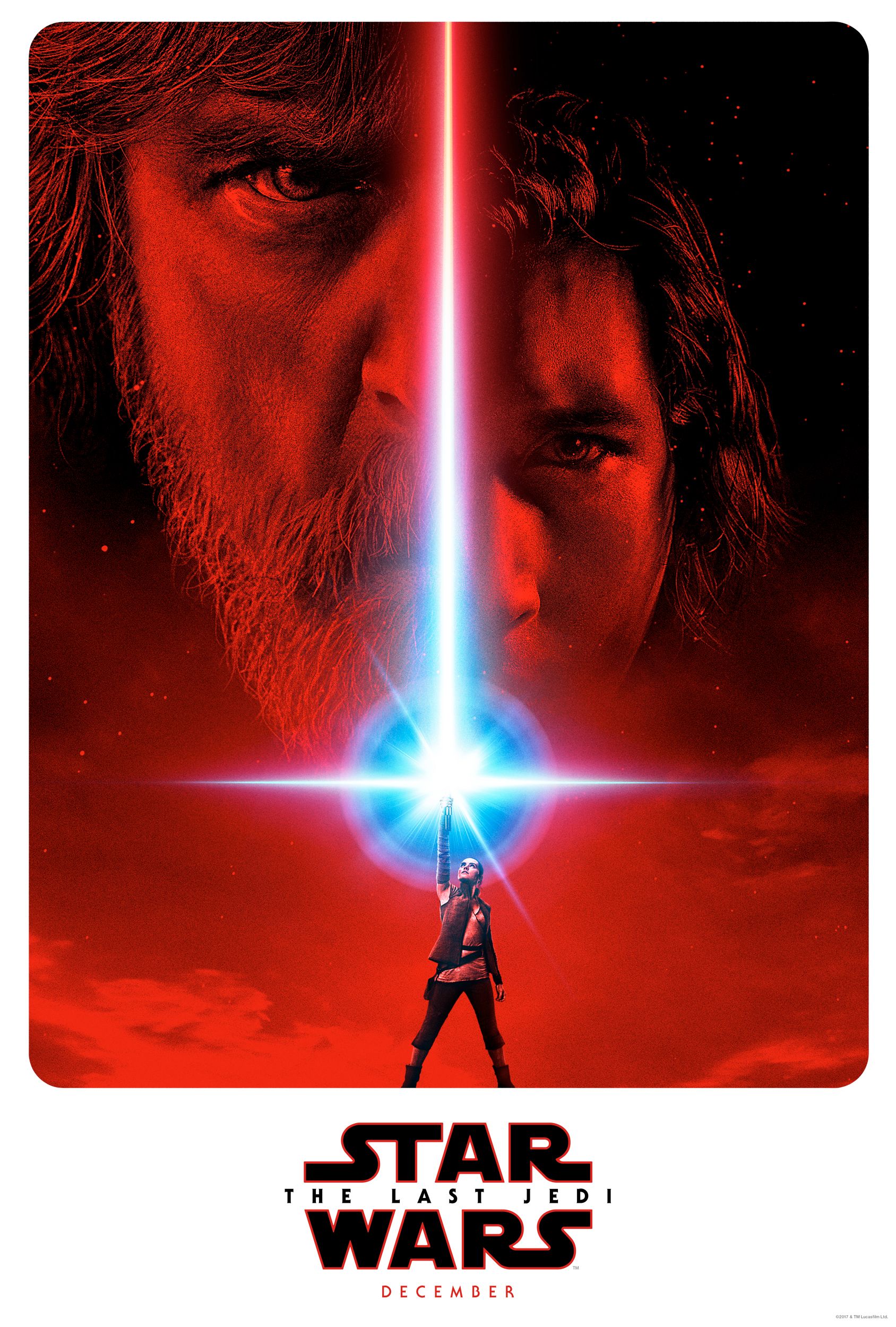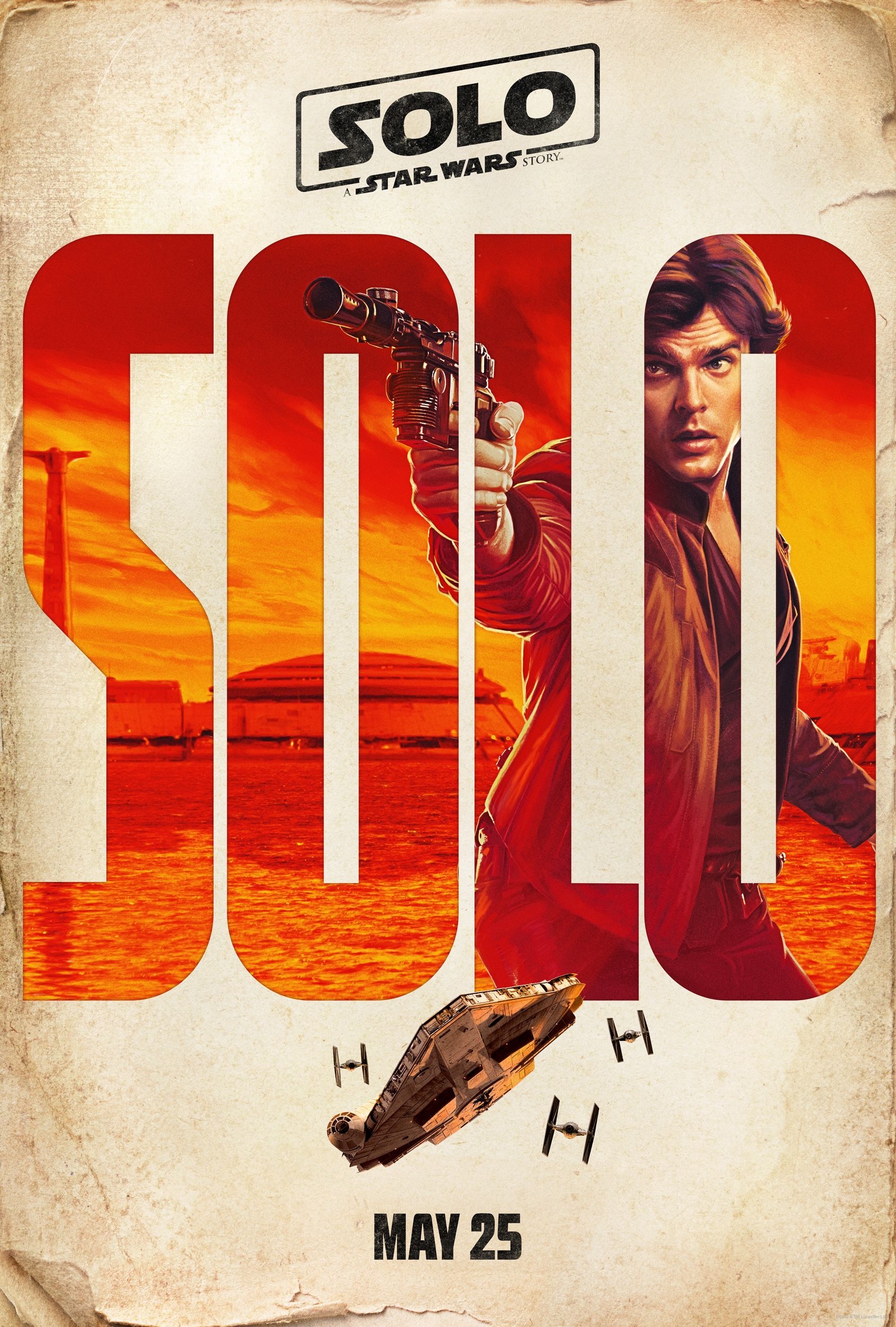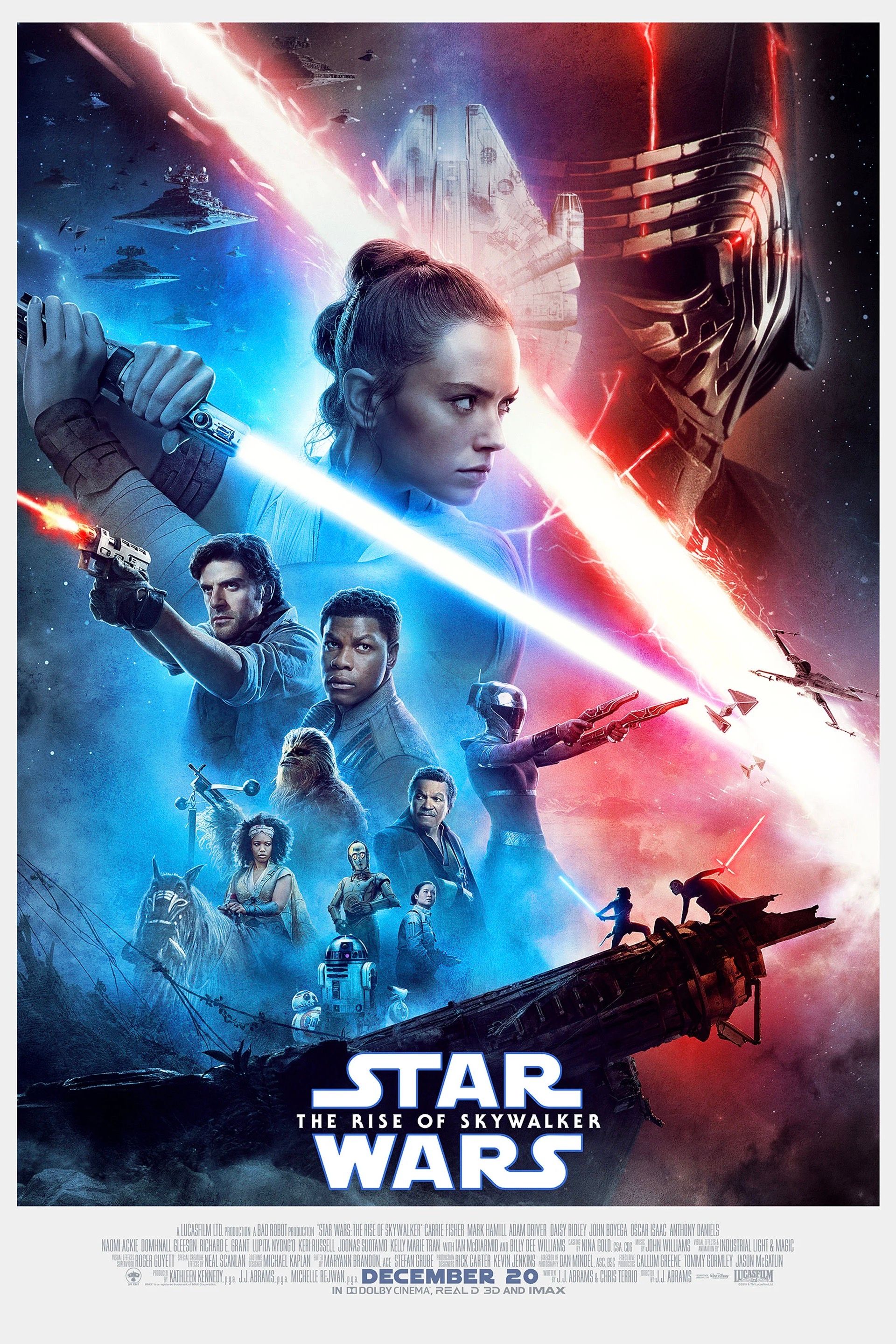Few movies are more maligned by their fanbase than the Star Wars prequels. Widely viewed as a major disappointment, many die-hards are happy pretending they don’t even exist, especially now we have exciting new movies coming out once a year.
But that does the films something of a discredit. Without the prequels, Star Wars would be a very different beast; they introduced a whole new generation to the saga and made the multimedia behemoth bigger than ever before, in some ways paving the way for Disney’s smorgasbord of content. Beyond giving the franchise more life, though, they also introduced a lot of elements that have become adopted by even the most ardent prequel haters as essential to the franchise.
They vastly expanded the scope of the galaxy, especially in regards to the Force and its users (and we’re not just talking midi-chlorians), and have gone on to shape elements of what’s in the new films, from winks in The Force Awakens to entire settings of Rogue One. The highlight this, here's 15 Major Star Wars Elements You Forgot Came From The Prequels.
15. Darth As A Title
One of the stranger moments when rewatching the complete saga comes during Obi-Wan and Vader’s duel on the Death Star, when Kenobi calls his former apprentice “Darth”. That he didn’t use “Anakin” is understandable given their history (and the real world fact that the big reveal hadn’t yet been conceived), but why would he refer to the Sith Lord with his title? It could be taken as mocking, but that’s not how Alec Guinness delivers it.
Well, the real reason is that, when the line was written and filmed, Darth was just Vader’s first name; nowhere in the original trilogy is it suggested that it's a title. In fact, when shooting the scene George Lucas probably hadn't even considered the notion of “Darth Vader” changing his name when turning evil – Luke's father didn’t become the same character and Vader a pseudonym until early drafts for The Empire Strikes Back.
It was only in The Phantom Menace, with the introduction of Darths Maul and Sidious, that it became a general Sith title, spawning a raft of other Darths in the EU (which means that any Sith Lords created pre-1999 are conspicuously lacking the title).
14. The Word Padawan (And Formal Jedi Structure In General)
Sith titles have nothing on their light-side counterparts, however. Even a casual Star Wars fan knows how the Jedi Order is structured – Padawans, who becomes Knights and then Masters (who, if they’re lucky, can place on the council). But, as is obvious when applying this logic to Luke’s training in the originals, all of that comes from the prequels; Lucas no doubt had some vague structure in mind, but for all intents and purposes there it was just teachers and students.
In fact, prior to Episode I the word “padawan” didn’t even exist; before then the popular term was simply 'apprentice.' Padawan wasn't heard until the first scene of The Phantom Menace (Qui-Gon Jinn uses it to reference Obi-Wan), and recurred throughout the series with such consistency that it's grown out of Star Wars itself, becoming a standard (often slightly condescending) term for learner. And who said the prequels didn’t have an impact?
13. Single-Handed Lightsaber Wielding
One of the undisputed standout elements of the prequels was the lightsaber duels. They were works of brutal kineticism, with each movie showing new forms of combat and physical mastery of the Force, and in turn making the conflict in the original trilogy look tame by comparison.
Of course, the clashes between Vader and Luke are more emotionally charged, but fights akin to the prequels couldn’t have happened in the original trilogy even if the choreographer wanted it; when George Lucas conceived of the lightsaber, it was a broadsword-style weapon, and thus needed to be wielded in combat with two hands on the hilt. During their Empire duel Vader briefly used one hand, but that was framed as a moment of dominance, not a distinct fighting style; Lucas would even chastize Mark Hamill for trying to use it otherwise.
By the time of the prequels, he’d changed his mind and allowed much more free combat styles regularly, including lots of single-handed fighting (it's basically all Dooku did) and the normalization of dual wielding.
12. The Notion of "Balance in the Force"
When it was released, many fans took Lor San Tekka’s opening lines from The Force Awakens - “This will begin to make things right” - as a direct dig at how much the prequels had mucked up the franchise and an acknowledgement from Disney that they were righting the ship. However, that reading missed out the rest of his line - “I've travelled too far and seen too much to ignore the despair in the galaxy. Without the Jedi, there can be no balance in the Force.”
That “balance”, which has become essential in the expanded understanding of the Force, comes from Episode I; it was first mentioned in all the talk of prophecy and Chosen Ones, yet because it fits with the initial idea of the “mystical energy field” has, unlike midi-chlorians, been widely accepted by fans. Indeed, the use of the term in Episode VII points towards the sequels actually addressing what "balance" actually means.
11. So Much of the Music
More so than perhaps any other franchise, Star Wars is defined by its music. John Williams' score elevated the originals to mythical status, andGiacchino Giaccino received much more scrutiny for his work on Rogue One than he would on any other film as a result. The music is so widely lauded that it’s one of the few universally loved parts of the prequels. And it’s actually better than most consider.
Yes, each of the prequel episodes had a knock-out theme – Duel of the Fates for The Phantom Menace, Across the Stars for Attack of the Clones and Battle of the Heroes for Revenge of the Sith – but that’s not the end of Williams’ masterful work on those films. Each soundtrack was full of great musical moments that are up there with what’s in the originals: for a single example, Trade Federation March is as striking as the Death Star’s theme from the original film.
This quality is best exemplified by how a lot of music from the trilogy is often used casually in various tie-in materials, now almost detached from the movies they originated from – it’s not prequel music, it’s Star Wars music.
10. Battlefront’s Bubble Shields
When EA released their new Battlefront game late in 2015, what was immediately noticeable was a complete lack of any content inspired by Episodes I-III. Not having any sequel elements (bar a Battle of Jakku set of maps) was to be expected given the secrecy around The Force Awakens and the risk of rushing the game's development, but the only excuse for no prequel content is a desire to avoid the era altogether.
However, almost to serve as proof of how ingrained some prequel elements have become, just because the game is set during the Galactic Civil War doesn’t mean some Clone Wars bits didn’t worm their way in there.
Most noticeable is the bubble shield, here used as a personal item, which utilises Gungan tech first seen in The Phantom Menace and even features the associated blaster stopping sound effects. There’s also several weapons, mostly grenades, that made their first appearance in the prequel-era (but much more liked) The Clone Wars animation.
9. The Trilogy Gap
From very early on, George Lucas always planned Star Wars to be made up of multiple trilogies. How many depends entirely on when you take his comments from – over the years it’s varied between through two, three and four sets of movies. The only certainty was that there was always definitely scope for Episodes I-III to fill in the backstory, but even then how that backstory would be told was unknown.
When they did arrive, they changed a lot about the way the overarching saga was structured, especially with respects to the time between trilogies. Star Wars was famously inspired by the Flash Gordon serials of the 1930s, which all rolled on from one another, so you’d be forgiven for having expected a similar time-gap between Episodes III and IV and there was between IV and V. Instead, Lucas introduced a massive gap (there’s 33 years between The Phantom Menace and A New Hope), something that has been further adopted by The Force Awakens.
This was always a possibility – Mark Hamill talked in the 1980s about how Lucas envisioned an Episode VII being released in the 2010s (incredible, right?) – but it was only with the prequels this became a core storytelling trait.
8. Jedi Robes
Very little was actually known about the Jedi Orders in the original movies. They were Knights, they fought in the Clone Wars, Yoda was a teacher for hundreds of years, they prided stoicism and endorsed patricide. That’s pretty much it. We didn’t even know how they dressed.
Or rather, we thought we didn’t. Both Yoda and Obi-Wan’s exile garbs were presumed to be made for the sake of blending in – why else would Kenobi and Owen Lars have a similar get-up? However, when it came round to the prequels, Lucas took a lot of the two Jedi’s mannerisms and design and extrapolated it for the whole Order, meaning they all wore the garbs of desert recluses (that, or Uncle Owen just had really snappy dress sense).
This was somewhat predicated by the Expanded Universe, which had Luke training the New Jedi Order with a similar dress code, but it didn’t become the default for most Jedi until The Phantom Menace.
7. Sith Lightsabers
This is one that was predicated in some form by the Expanded Universe, but most of its notoriety comes from prevalence in the lightsaber-heavy prequels. It’s now widely accepted that Sith have blood red blades, but, based on the original trilogy, Vader was going against the grain, using it because he used to be a Jedi (and it being red as part of the series' visual language). Some Sith did use them in the comics, but they were usually fallen Jedi; the more immensely powerful Lords rarely needed them.
However, with sabers such an important part of the series’ iconography, they were swiftly made an essential part of the Sith arsenal, infinitely more useful than Force lightening. Even Palpatine, who dismissively calls them a “Jedi weapon” in Episode VI brought out two in Revenge of the Sith.
It’s a strange change from a mythology point (if much more sensible from a marketing standpoint), but has since become such an essential part of the franchise’s make-up, lifted by almost every spin-off, that it’s hard to imagine Star Wars without Sith sabers.
6. Everything Lining Up
George Lucas may have introduced a lot of frankly bonkers things into the Star Wars galaxy with the prequels, but a lot of the core ideas existed from the very early days of the series – he wrote in 1977 about the Emperor’s political maneuvering, Vader’s fall, the Empire’s rise and even midi-chlorians.
What he didn’t write about was how tight everything proved to be. In Revenge of the Sith it’s shown that the Clone Wars ended, the Empire rose, Anakin turned, the Jedi were massacred, the twins were born, Padmé died and Vader created in the space of around a week; the latter three are literally crosscut between. While the details of these events were planned from the start, and known by fans (Anakin’s lava dip was the subject of fan speculation from the 1980s), the construction of the events so each one is reliant on everything else came from how Lucas wrote the prequels (mainly how he left all the connective tissue for the last film).
5. Jedi Celibacy
A key part of Anakin’s fall to the Dark Side was the pressures of his secret marriage to Padmé, making the openness of the Sith a more attractive avenue, something that require George Lucas to create a new side to the “Jedi Code” (a rule-set introduced to the films in the prequels, but established before in the EU); although it was alluded to with the order’s monk-like attitude, Jedi celibacy wasn’t introduced until Attack of the Clones. In fact, nowhere in the original trilogy is it even suggested that Vader's relationship with Luke's mother was in any way forbidden.
Despite being a late addition, it’s a widely accepted aspect of the Order. Of course, how much this is carried over to the new canon's post-Endor Jedi depends entirely on how the sequel trilogy handles Luke – did he, a la the Legends timeline, get married and have a son, or is Rey actually not a Skywalker?
4. Major Star Wars Criticism
This one’s a little subjective and more than a little meta, but when we’re dealing with the effect of the prequels on Star Wars fandom it needs to be discussed.
Before The Phantom Menace, Star Wars infallible. The original trilogy was universally viewed as consistent perfection and Lucas one of the greatest visionary directors out there. The fallout from Episode I and its follow-ups flat-out refuted the latter and began to cause doubt in the former; in finding holes with the prequel, systemic issues with the originals began to emerge – the seeming merchandise obsession of Menace was evident in the repeated Death Star and ewok battle of Return of the Jedi.Of course, none of the original movies
Of course, none of the original movies were exactly subject to rave reviews – The Empire Strikes Back got some of the series’ harshest ever write-ups – but the fandom who would traditionally hold the fabled trinity close view them with a great air of scepticism. Practically it's mainly nitpicking, but the effect is that each new Star Wars film is met with an air of trepidation.
3. Story Repetition
One of the biggest, and definitely most pervasive criticisms of The Force Awakens was that it repeated many of the broad plot beats from A New Hope and the wider original trilogy, right down to the finale being a rushed attempt to blow up another planet-destroying space station.
A big defence of this, however, could be that Star Wars “is like poetry – it rhymes”. George Lucas’ statement of intent for the prequels has been mocked incessantly by followers of the Mr Plinkett reviews, but its simple existence shows that the idea of the story repeating or echoing across the franchise has been around since Episode I. Sure, the parallels are less blatant, with a rather different narrative, but in terms of broad events fitting in with the original’s structure, Lucas was doing it decades before J.J. Abrams; The Phantom Menace even ends with a rushed attempt to blow up a space station.
With this in mind (and putting aside that it was likely done in The Force Awakens more as part of Abrams love of homage), it does give the series and its individual trilogies a more defined overarching structure.
2. Taking From The EU
With Disney’s new era Star Wars moving forward with a cohesive continuity between the films, comics, books, TV series and games, it’s easy to forget that for most of its lifetime the series' canon was a nightmare.
Traditionally in multimedia franchises, only the movies really mattered; from the very early days, Gene Roddenberry made it so any non-TV Star Trek story existed in an alt-timline. Star Wars didn't take such a militant stance, but was always pretty hand-wavy about continuity; bonkers things like Jaxxon the giant green rabbit were firmly left in the comics. Sure, some things came over – Boba Fett first appeared in The Holiday Special – but those were definitely exceptions.
When he got to the prequels, however, Lucas readily started lifted elements from the EU, which had grown massively between trilogies, ranging from planets – Coruscant first appeared in Heir to the Empire in 1991 – to characters – blue Twi’lek Jedi Aayla Secura first appeared in the Twilight comic run. He wasn’t above introducing conflicting elements as well, like the early story of the Death Star, but the former approach was more influential, setting the stage for the cohesive storytelling we have now.
1. The Rule Of Two
Very little was known about the Sith before The Phantom Menace. In fact, while the word Sith had first appeared in George Lucas’ early drafts for Star Wars, it didn’t make its way to the public until the 1990s in several comics set in the millennia before the films, and only became part of the films in Episode I. This naming of Dark Side users also came with a major expansion of how the mysterious Order worked, including key details that make altering the meaning of "Darth" look minor.
The biggest part of this was establishment of the Rule of Two. In the original trilogy there were two Sith – Darth Vader and the Emperor – but it wasn't until the prequels this became a core trait; in contrast to the widespread Jedi, were only ever allowed to be two Sith at any one point to keep their existence a secret.
This actually contradicted the contemporary Expanded Universe, which had presented whole armies of Sith in The Old Republic material, leading to the creation of Darth Bane – a Sith revolutionary who wiped out most of his ilk and instigated the Rule of Two. Thankfully, this backstory remains part of the new canon thanks to The Clone Wars, which showed Yoda meeting Bane’s spirit.

